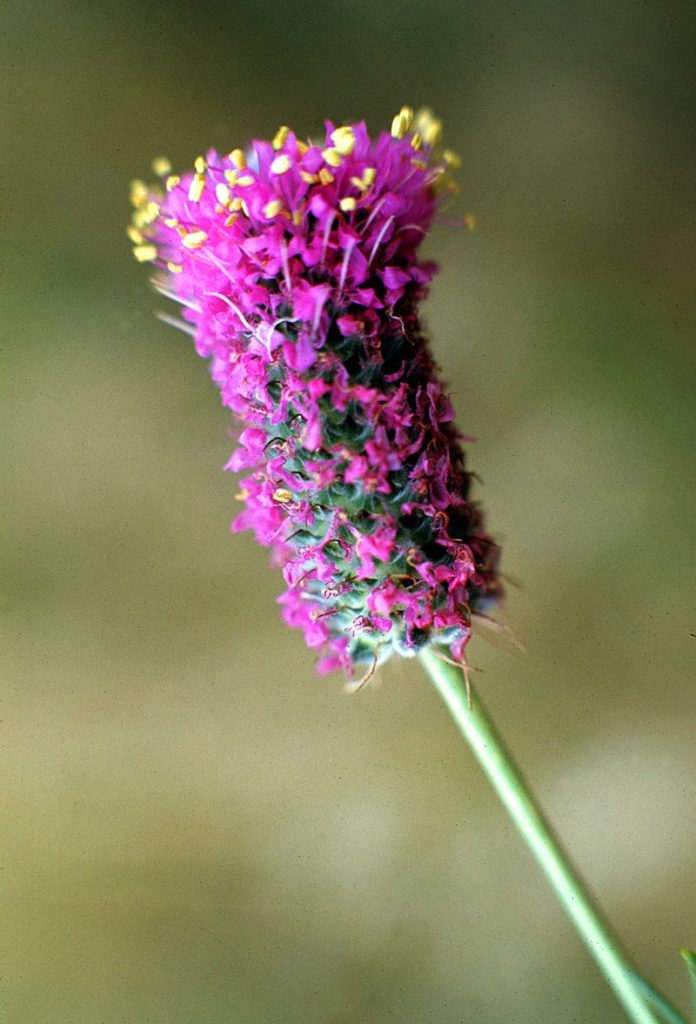Sideoats Grama: A Short, Nutritious Warm Season Grass
Bouteloua curtipendula is a short prairie grass better known as sideoats grama. This bunchy grass is known for its oat-like clusters that grow to one side of its stems. The stems themselves can reach heights of 2-3 feet tall. Though typically green with clusters of golden brown, sideoats grama can turn purple or red later in the year. This warm season perennial can be found throughout almost all of the […]
Sideoats Grama: A Short, Nutritious Warm Season Grass Read More »



